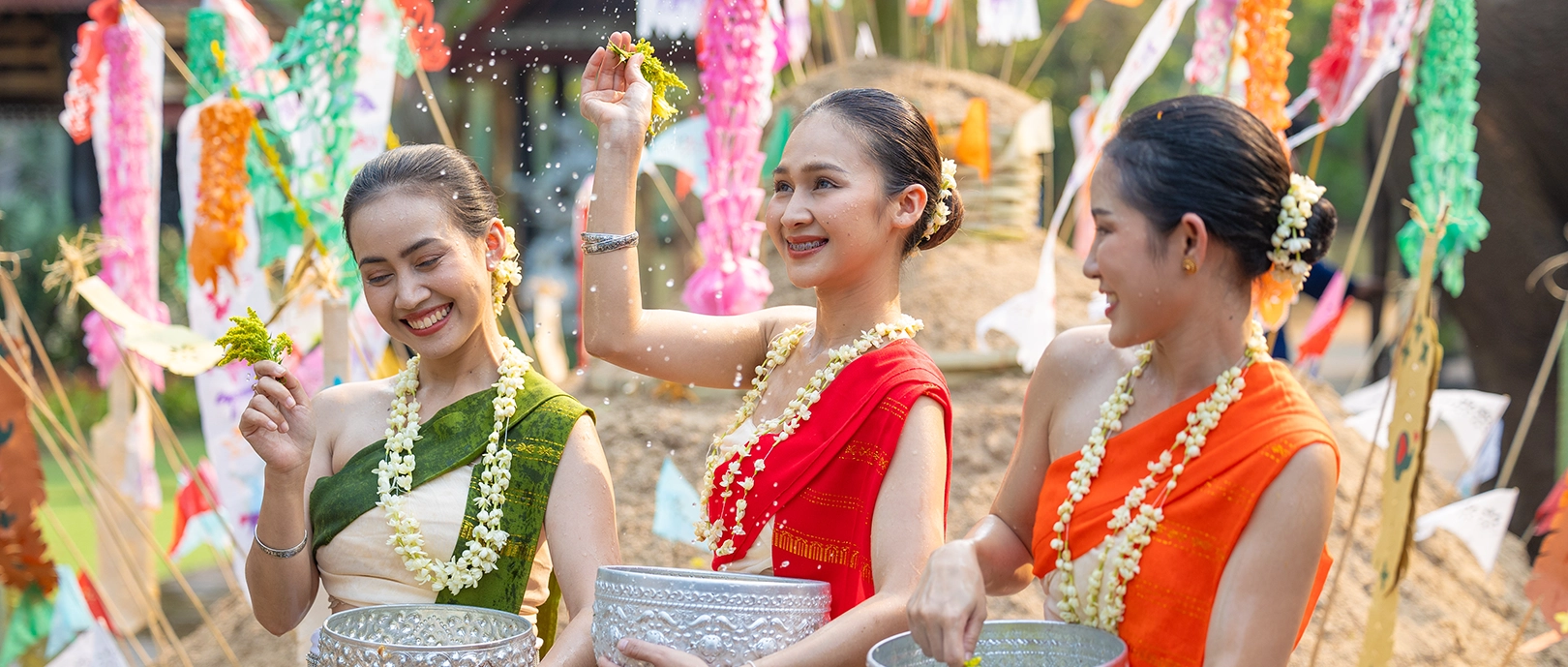
Nestled in the deep mountainous embrace of northern Thailand, Nan province remains one of the country’s most enchanting cultural gems. With an enriching history that spans over 600 years as an independent kingdom, a vibrant mix of ethnic traditions, and a living heritage of temples, crafts, and festivals, Nan is more than a destination — it’s a window into the soul of northern Thai culture.
For travellers seeking authentic experiences beyond the usual tourist trail, this travel guide to Nan province uncovers the stories, artistry, and traditions that make Nan an unforgettable journey.
Long before it became part of modern Thailand, Nan was an independent kingdom that flourished for centuries. Its royal legacy is still visible in the heart of the old city.
The Nan National Museum, housed in a former royal palace built in 1903, preserves this illustrious past. Inside, you’ll find ceremonial regalia, intricate wood carvings, and artefacts that tell of Nan’s diplomatic ties with neighbouring Lanna states and Burma (Tourism Authority of Thailand).
Strolling through the old town, travellers will notice layers of history — from traditional Lanna-style wooden houses raised on stilts to graceful colonial shophouses that reflect the province’s position on ancient trade routes. The city’s layout follows traditional Thai principles, with temples, markets, and homes harmoniously aligned along the life-giving Nan River.
Nan’s temples aren’t just places of worship — they’re living museums of art and culture.
The jewel in the crown is Wat Phumin, built in 1596. This cruciform-shaped temple is renowned for its late 19th-century murals by local artist Thit Buaphan. These paintings serve as a visual diary of Nan society, capturing everything from Buddhist teachings to local life, clothing, architecture, and even romance.
The most famous image, known as the “Whispering of Love mural”, shows a man leaning toward his lover in a tender exchange. Today, it’s become a cultural icon of Nan and one of the most photographed murals in Thailand (TAT Official Guide).
Another masterpiece is Wat Nong Bua, renowned for its Lanna-style murals that seamlessly blend Buddhist iconography with northern Thai artistic sensibilities. The temple itself is built with ancient wood joinery techniques — no nails, only craftsmanship — a striking reminder of Lanna artisans’ mastery.
If temples are your passion, don’t miss our complete guide to temples in Nan, Thailand.
Nan’s cultural richness lies in its diversity. The province is home to several ethnic groups, each contributing unique traditions, languages, and artistry.
The Tai Lue people, who migrated centuries ago from southern China, are especially renowned for their weaving. Their indigo-dyed fabrics and textiles are among the most exquisite in Thailand. Each piece, adorned with mythical creatures and geometric patterns, is more than clothing — it’s a cultural text encoding history and belief. Explore more in our feature on Tai Lue weaving in Nan.
High in the hills, the Hmong communities continue traditions of silver jewellery-making, batik textiles, and spiritual practices that connect them deeply to the natural world. Their New Year celebrations, filled with music, costumes, and rituals, remain a vibrant window into their way of life.
Meanwhile, the Khmu people blend animist beliefs with Buddhism, honouring ancestral spirits and forest guardians. Their homes, built entirely of natural materials, showcase sustainability lessons long before it became a global concern.
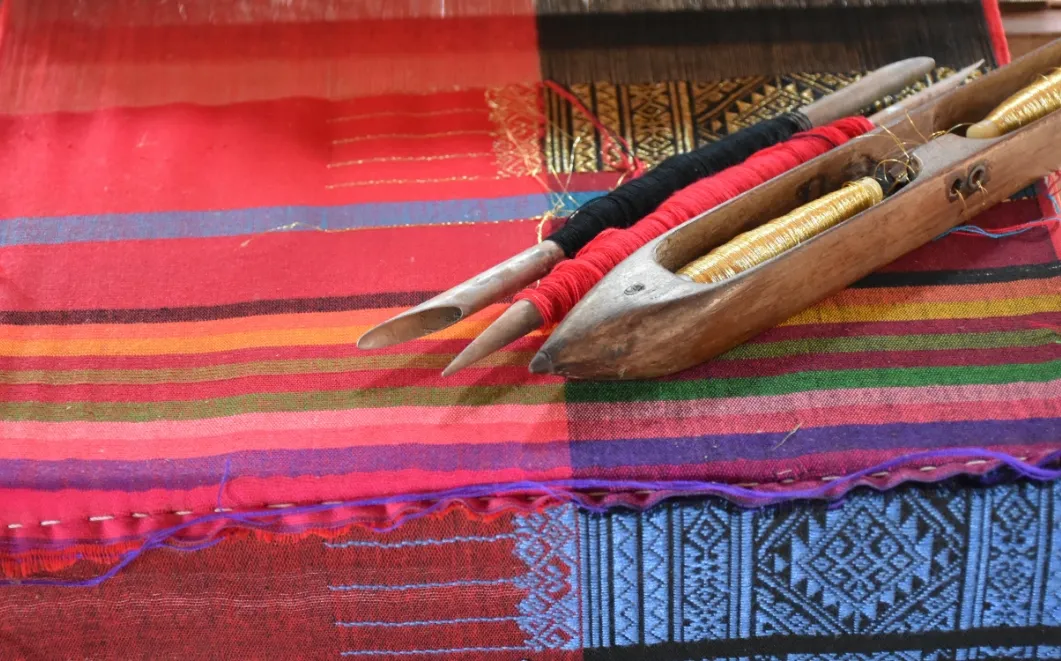
Artisanal traditions thrive in Nan, where craftsmanship is not only preserved but also adapted to modern life.
Textiles dominate this heritage, from Tai Lue silk weaving to Hmong batik and hand-spun cotton. Local weavers continue to use backstrap looms and natural dyes from plants and minerals. Motifs often reflect Nan’s natural world — elephants, birds, flowers — blending beauty with cultural symbolism.
Woodcarving is another proud tradition. The intricate designs on temple doors, Buddha images, and window frames illustrate how art and spirituality intertwine.
For those fascinated by heritage crafts, don’t miss a trip to village workshops — or read our deeper dive into Nan textiles and handicrafts.
One of Nan’s most unique cultural treasures lies in the mountain district of Bo Kluea, where villagers have been producing salt for more than 700 years.
Here, natural brine wells are tapped, and the salty water is boiled in iron pans over wood fires — the same method used by generations past. The process is slow and labour-intensive, but it connects the community to its ancestors and land.
The salt from Bo Kluea salt village is prized not only for cooking but also for use in traditional medicine and religious rituals (TAT Guide to Bo Kluea). Visiting the town is like stepping into a living museum of Thailand’s oldest continuing industry.
Learn more in our complete guide to traditional salt making in Nan.
Nan’s cultural calendar bursts with festivals that are as meaningful as they are colourful.
The Nan Boat Racing Festival is a lively event held on the Nan River, where villages compete in long, brightly painted boats. Beyond the races, it’s a celebration of spirituality, seasonal cycles, and community bonds.
During Songkran (Thai New Year), locals build sand pagodas at temples, bathe Buddha statues, and engage in rituals unique to northern Thailand.
The Lai Nam Nan Festival highlights the province’s relationship with its river through performances, food fairs, and craft showcases.
For more on cultural celebrations, see our guide to festivals in Nan province.
Food is another lens through which to view Nan’s cultural identity. Traditional dishes such as khao kan chin (steamed rice with pork wrapped in banana leaves) and nam ngiao (a tomato-based noodle soup) are local favourites that reflect a blend of ethnic influences.
Markets brim with wild honey, forest vegetables, bamboo shoots, and ant eggs — ingredients tied to ancient foraging traditions. Many dishes here highlight the deep connection between people, forest, and farmland.
Hungry travellers can dive deeper into our Nan local food guide or our feature on the best restaurants in Nan.
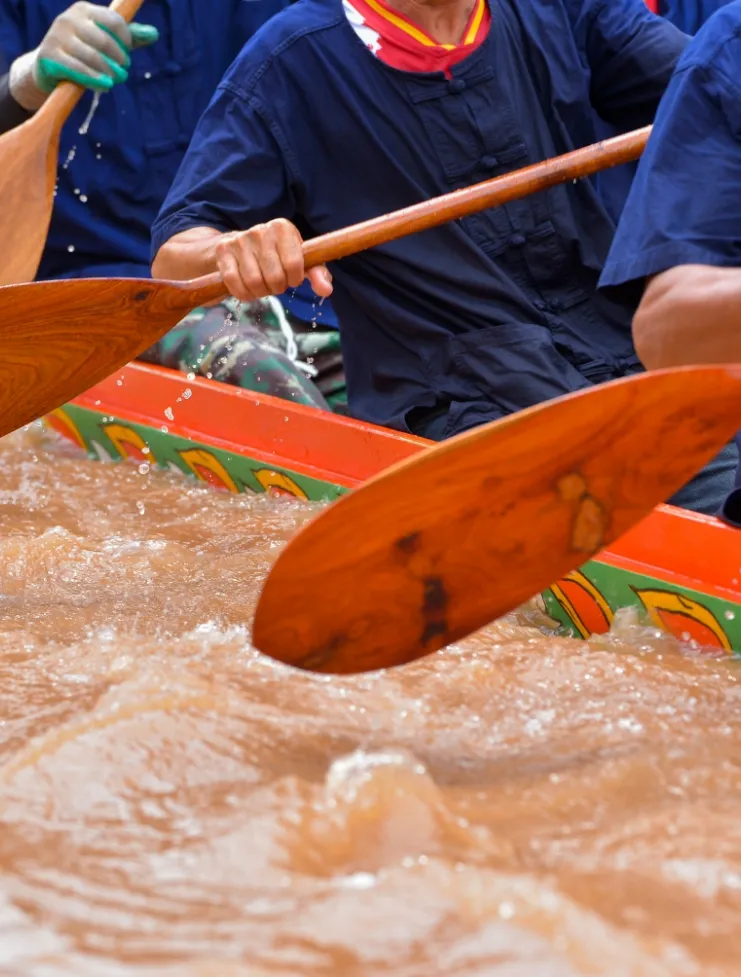
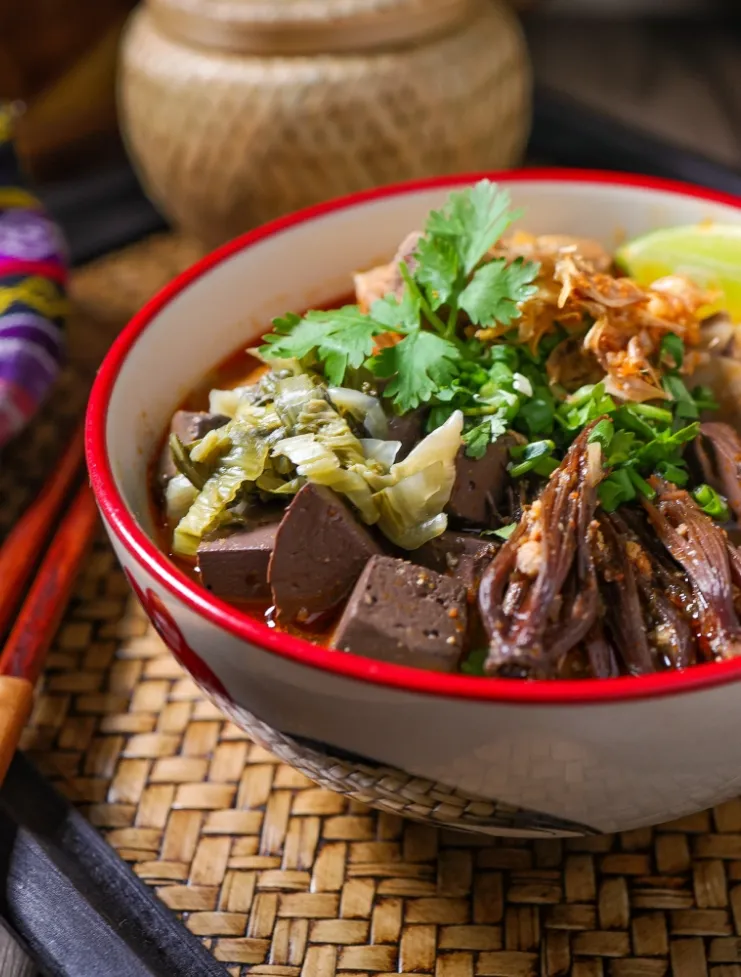
As in many rural provinces, Nan faces the challenge of modern migration — young people often leave for opportunities in larger cities. Yet cultural revival efforts are thriving.
Local schools now include traditional crafts in their curriculum. Elders document weaving, carving, and rituals for the next generation.
Community-based tourism ensures that visitors support — rather than disrupt — cultural continuity.
Thoughtful travellers play an essential role, too. By engaging respectfully, buying local crafts, and attending festivals, visitors help keep traditions alive.
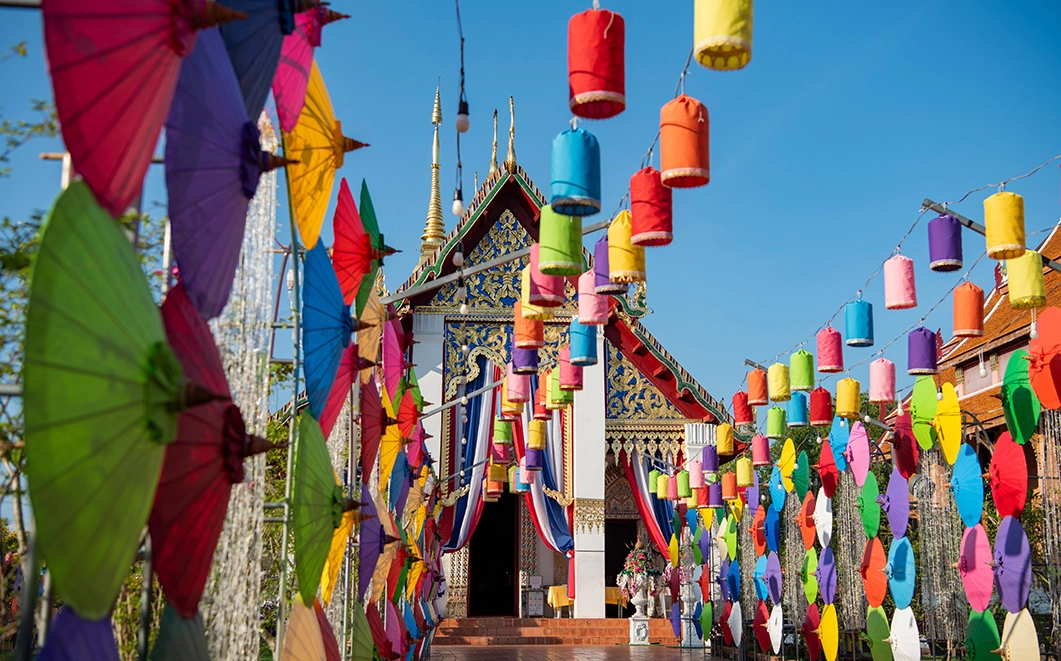
Nan’s culture and heritage aren’t relics locked away in museums. They are alive in temples, whispered in murals, woven into textiles, simmered in village kitchens, and celebrated in festivals.
For travellers, Nan offers more than sightseeing — it’s an invitation to connect with communities, witness traditions in motion, and explore a province where history continues to shape daily life.
Whether you come for the Wat Phumin murals, the Bo Kluea salt village, or the vibrant Nan boat racing festival, you’ll discover a destination where past and present are beautifully intertwined.
